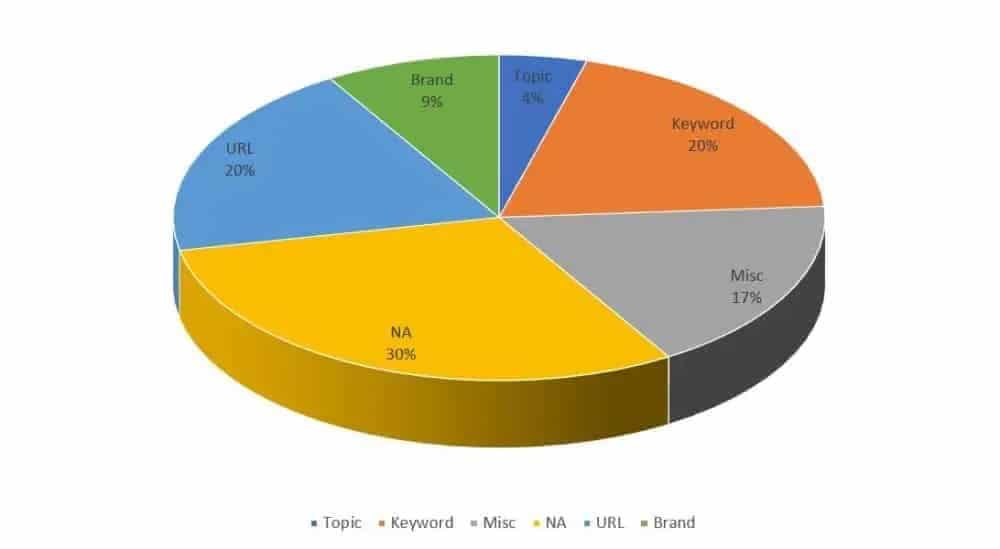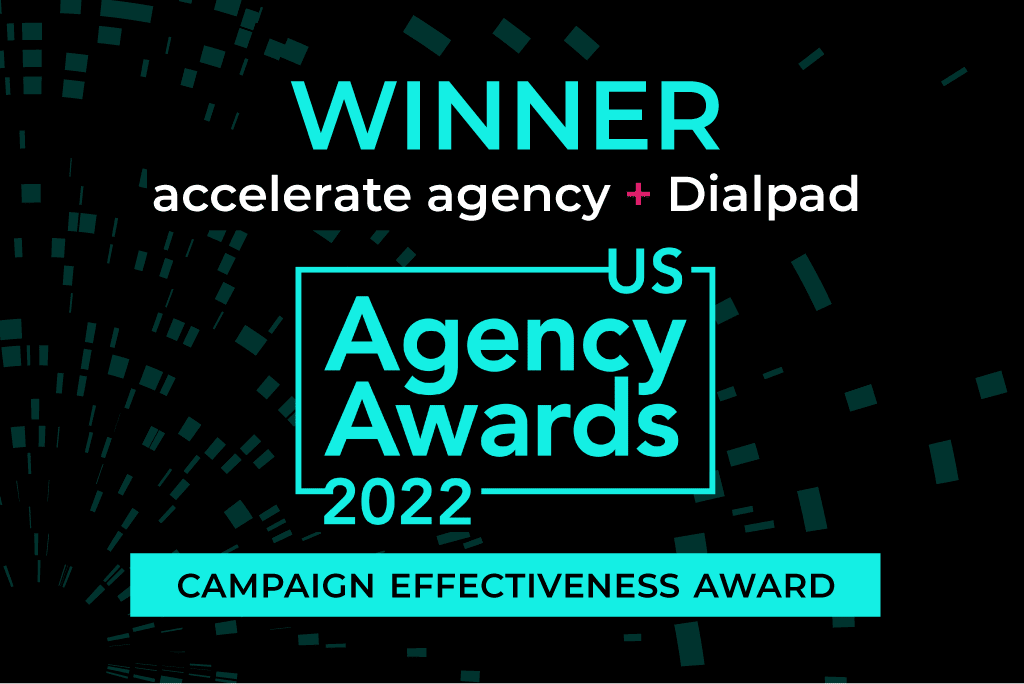A Step-by-Step Guide to Using Anchor Text in 2022
If you’ve been at all involved with SEO, you’ll have heard of anchor text. It’s one of those hundreds of different terms related to the process of improving the SERP ranking of any webpage. It may also be one of the many pieces of jargon you don’t entirely understand.
Book a Consultation
With so many different strands to SEO, it’s easy for some things to escape your attention. Anchor text can seem insignificant at face value. That’s why some people won’t give it a second thought. We’re going to explain why that’s a critical error.
This guide is going to start by explaining what anchor text is and why it matters. We’ll then take you step-by-step through the process of using anchor text as efficiently as possible in 2019. By the time we’re through, you’ll know just how to get anchor text working for you and boosting your SEO.
What is Anchor Text?

Anchor text is the clickable text of a link. On a web page or in a blog post, it usually shows up to the reader in a different colour to the rest of the text. It can also sometimes be in bold or underlined. However it appears, it is what you can click to go to a different page or site.
If you were to look at the HTML code of a page, a link would look like this:
<a href=”https://www.website.com”>This is the Anchor Text</a>
The URL taking up the first half of that code is where the link redirects you. The text of the second half (in this case ‘This is the Anchor Text’), is the clickable text that appears to a reader. Within a webpage or post, our example anchor text might look something like this:
In our example, This is the Anchor Text.
So far, so simple. If you’ve spent even a few minutes online, though, you’ll know that anchor text doesn’t always look like that. There are a few different types of anchor text that are routinely used:
- Brand/URL Anchor Text – Brand anchor text is a clickable link where the text is the name of the site which the link leads to. Like this; Accelerate Agency. URL anchor text is very similar. It’s where the text of a link actually displays the URL you’ll be taken to if you click it.
- Topical Anchor Text – This is anchor text that describes the general subject of the page a link will take you to. An example would be if the phrase ‘search engine optimisation’ linked to a page specifically about link building.
- Target Keyword Anchor Text- This anchor text either exactly or partially matches the target keyword of the linked-to page. ‘Link building’ would be target keyword anchor text for our above example.
- Miscellaneous Anchor Text – This is anchor text where a generic word or phrase is used for a link. The most common examples are things like ‘click here’, ‘read more’ etc.
Why Does Anchor Text Matter?
Now you know what anchor text is, why should you care? In short, it’s because Google do. Google rely heavily on anchor text to work out what your pages are about. It’s a reflection of how other domains and pages view your content.
Say a page receives lots of links with anchor text related to chocolate biscuits. Google then knows the page is probably about chocolate biscuits. The search engine uses anchor text to determine the relevance of your pages.
Since the launch of their Penguin update in 2012, Google have also used anchor text in another way. The update targeted a number of dodgy SEO practices, including unnatural link building. One way Penguin helps Google identify unnatural links is through anchor text.
The search engine’s algorithms look out for – and can recognise – unrealistic or unnatural anchor text. If too many backlinks contain the exact same anchor text, Google will view it as a sign that the links weren’t acquired naturally. That’s one of a collection of things the search engine is on the look out for.
It’s crucial to your SERP rankings to optimise your anchor text. It’s a way to help avoid Google hitting you with penalties for unnatural links. There are two main things to consider. Those are the distribution of types of anchor text links you have and the quality of the anchor text you use. Our step-by-step guide is going to deal with each in turn.
Research Good Anchor Text Distribution
Competitor analysis is crucial to many areas of SEO. Anchor text distribution is one of them. Your best way of finding out the ideal anchor text distribution for your page is to see what your high-ranking competitors are doing. There’s a straightforward way to find out exactly that:
- Search Google for the main target keyword of whichever of your pages you’re looking to work on.
- Put the top five results for that keyword through Ahrefs or your favoured backlink checking tool.
- Using the analytics of that tool, draw up a list of the anchors for each of those pages.
- Categorise the anchors as per the main types we talked about earlier (Brand, Target KW etc.).
- Work out the proportion of the total anchors taken up by each category. This is a rough estimate of the anchor text distribution for each page.
- Take an average from the five distributions you will have generated.
What you get by following the above steps is an anchor text distribution to try to emulate. The pages you’ve used to develop it are those that are ranking best for your keyword. That means you know that Google take a positive view of what those pages are doing.

The above is an example of such a distribution. What it tells you is what proportions of the different types of anchor text are ideal for the links to your page. If your competitor analysis generated the above pie chart, for example, you’d be shooting for around 20% target keyword anchor text, 20% brand anchor text and so on.
It’s important to note at this stage that you won’t have full control over external backlinks to your pages. You can use your target distribution, however, as part of a wider link building strategy. It will help you get those top-quality links with the right anchor text to boost your SERPs.
Optimise Internal Link Anchor Text
You do have control over your internal links. The anchor text of these links also matters to Google and so needs to matter to you. The search engine considers anchor text distribution of both internal and external links. The two also combine when it comes to Google assessing the relevance of your pages.
You need to ensure that the anchor text distribution of your internal links is correct. You can use the target distribution you generated earlier as a guide. You might not, however, want your internal link anchor text distribution to match the target distribution exactly.
You may suspect that your external link anchor text is over-optimised towards target keywords. You can utilise your internal link distribution to balance things out. In that case, you’d want less target keyword anchor text for your internal links.
Anchor Text Best Practice & Tips
Whether you’re talking about external or internal anchor text, there are some key examples of best practice. These are things you’ll want to keep in mind when using anchor text in 2019. Doing so will ensure that your anchor text is up to scratch and is improving not damaging your overall SEO.
Keeping it Natural

Target keyword anchor text is useful for SEO. You only need to look at the above chart compiled by Ahrefs to see that. That doesn’t mean you should use just one identical keyword over and over again for your anchor text.
Google want your anchor text – and your content as a whole – to be natural and focussed on providing benefit to users. It’s not natural for loads of links to all use exactly the same anchor text.
What you want to do is to make use of filler words and other tricks for changing up those keywords. Synonyms are a good example of such a trick. Thanks to latent semantic indexing, Google are able to recognise the relevance of anchor text to a subject even if it doesn’t use an exact keyword.
You can also mix up the length of your target keyword anchor text. Using long tail keywords and even longer phrases that incorporate a keyword is a great way to keep things natural.
Speaking of natural, assuming your content is in English, your anchor text should be too. You don’t want to be crowbarring in exact keywords that don’t actually make sense in context.
We might be tempted, for instance to use the phrase ‘creative marketing Bristol’ as anchor text in our content. A sentence like ‘we’re a one stop shop for creative marketing Bristol’, though, is unnatural in the extreme. This is where filler words come in once again.
Ensuring Relevance
We all know the SEO benefits of both external and internal links. We also know that Google don’t want pages to build or include links purely for that reason. They want links to be useful and to provide extra, relevant benefit to users.
It’s no good if your anchor text bears no relation to the page or site a link redirects to. You don’t want anchor text like ‘top sports equipment’ to link to a page about the average cost of SEO in the UK. That page will in no way be useful to a user looking for sports equipment and will be viewed negatively by Google.
Miscellaneous anchor text will obviously not be relevant in of itself to the content it links to. You can help with the relevance of that anchor text by surrounding it with relevant keywords. Having those keywords in the sentences around the text helps Google recognise the relevance of the link.
Varying Brand & URL Anchor Text
It’s tempting to think you can always use the same brand name or URL for brand/URL anchor text links. It’s the name of your brand and your site that you’re linking to, after all. In spite of that, it’s still a better idea to change up these anchor text links.
For URL anchor text, there are a number of ways to keep things fresh. You can play with the elements of any URL that you include in your anchor text, as follows:
- https://www.website.com
- www.website.com
- https://website.com
- https://www.website.com/
- website.com
You can’t change up brand anchor text in quite the same way. What you can do, is to combine it with target keyword or topical anchor text. Instead of loads of links to ‘Accelerate Agency’, we might use ‘Accelerate Agency SEO’ or ‘Accelerate Agency website redesign’.
Matching Anchor Text to Link Type
There are different types of links, in the same way as there are different types of anchor text. Links can come from all manner of different sources. The following are just a handful of examples:
- Blog post content
- Forum or blog comment
- Link lists
- Landing page links
Each different type of anchor text lends itself better to use for the different types of link.
If you’re linking from the body content of a blog post, you’re best using topical or target keyword anchor text. URL anchor text is most often suited to forum or blog comments.
Lists of links – like when you suggest the top sites for information on a certain subject – make most sense as brand anchor text. Landing pages will most often end with a link inviting visitors to ‘click here’ or ‘contact us’. Those are prime examples of miscellaneous anchor text being used effectively.
Don’t Let Your Anchor Text Weigh You Down
You should now know not only what anchor text is, but why you need to care about it. As tempting as it might be to focus on a meatier, sexier element of SEO, you just can’t afford to neglect your anchor text.
With a little time and effort, you can achieve the right anchor text distribution to help your SERP rankings. Our best practice tips also ensure that your anchor text will please users and Google alike. By following our step-by-step guide, you can be sure your anchor text won’t weigh you down.


